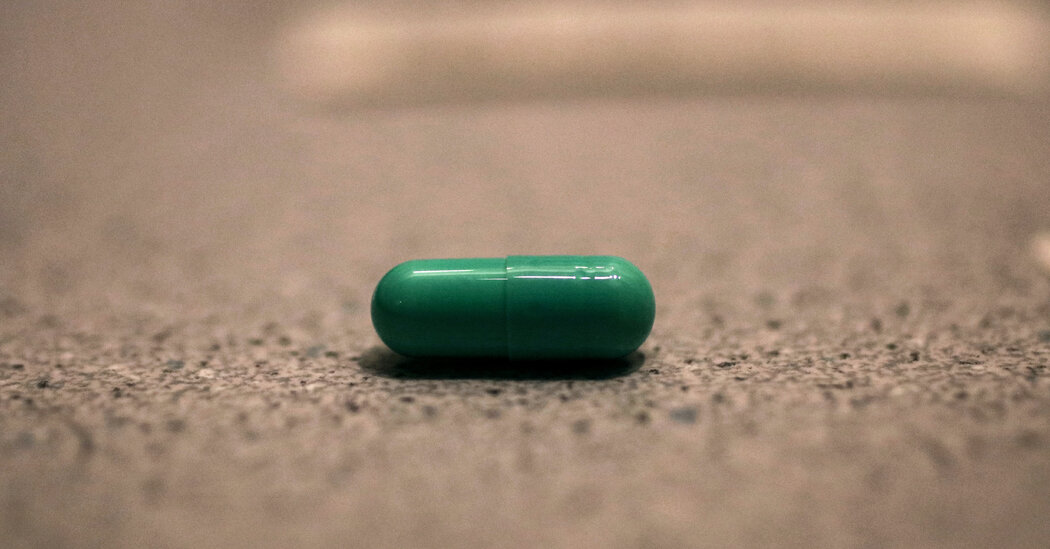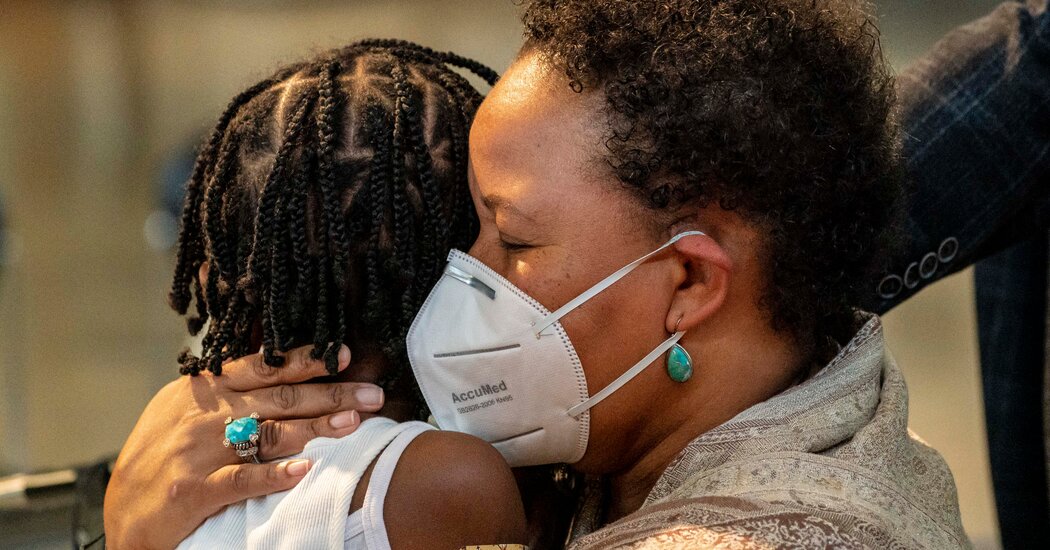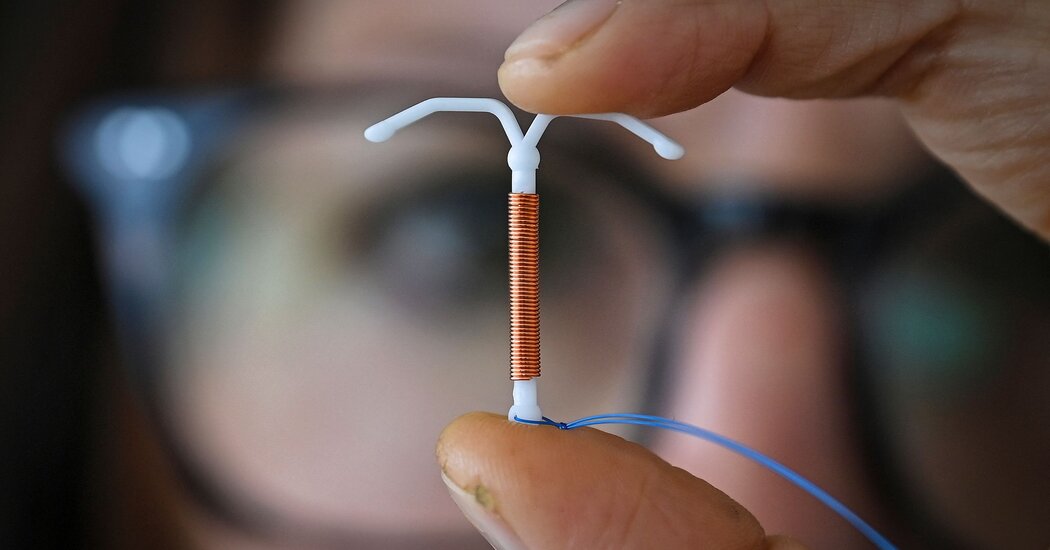About 400 Million People Worldwide Have Had Long Covid, Researchers Say
The condition has put significant strain on patients and society — at a global economic cost of about $1 trillion a year, a new report estimates.About 400 million people worldwide have been afflicted with long Covid, according to a new report by scientists and other researchers who have studied the condition. The team estimated that the economic cost — from factors like health care services and patients unable to return to work — is about $1 trillion worldwide each year, or about 1 percent of the global economy.The report, published Friday in the journal Nature Medicine, is an effort to summarize the knowledge about and effects of long Covid across the globe four years after it first emerged.It also aims to “provide a road map for policy and research priorities,” said one author, Dr. Ziyad Al-Aly, the chief of research and development at the V.A. St. Louis Health Care System and a clinical epidemiologist at Washington University in St. Louis. He wrote the paper with several other leading long Covid researchers and three leaders of the Patient-Led Research Collaborative, an organization formed by long Covid patients who are also professional researchers.Among the conclusions:About 6 percent of adults globally have had long Covid.The authors evaluated scores of studies and metrics to estimate that as of the end of 2023, about 6 percent of adults and about 1 percent of children — or about 400 million people — had ever had long Covid since the pandemic began. They said the estimate accounted for the fact that new cases slowed in 2022 and 2023 because of vaccines and the milder Omicron variant.They suggested that the actual number might be higher because their estimate included only people who developed long Covid after they had symptoms during the infectious stage of the virus, and it did not include people who had more than one Covid infection.Many people have not fully recovered.The authors cited studies suggesting that only 7 percent to 10 percent of long Covid patients fully recovered two years after developing long Covid. They added that “some manifestations of long Covid, including heart disease, diabetes, myalgic encephalomyelitis and dysautonomia are chronic conditions that last a lifetime.”The consequences are far-reaching, the authors wrote: “Long Covid drastically affects patients’ well-being and sense of self, as well as their ability to work, socialize, care for others, manage chores and engage in community activities — which also affects patients’ families, caregivers and their communities.”We are having trouble retrieving the article content.Please enable JavaScript in your browser settings.Thank you for your patience while we verify access. If you are in Reader mode please exit and log into your Times account, or subscribe for all of The Times.Thank you for your patience while we verify access.Already a subscriber? Log in.Want all of The Times? Subscribe.
Read more →








